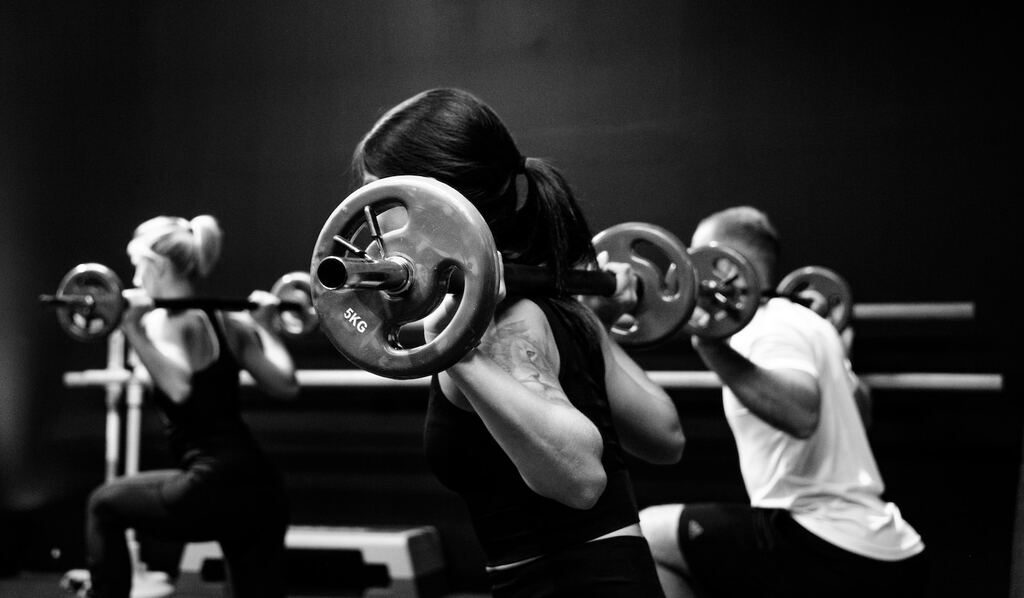How Men and Women Should Train Differently
When it comes to working out in the gym, you may have heard that women should train differently than men because of their physiological differences. But is that really true? Or is it just a myth based on assumptions and stereotypes?

The Similarities
First of all, men and women are not that different when it comes to their metabolism and calorie expenditure. These factors depend more on body size and lean mass than on gender. So, if you want to lose or gain weight, you should focus on your calorie intake and output, not on your sex.
Secondly, men and women have the same rate of muscle growth. Yes, you read that right. Women can build muscle just as fast as men, if not faster. The reason why women tend to look less muscular is because they have less muscle mass to start with, due to their lower testosterone levels. This also means that their absolute muscle growth and strength potential is lower, but not their relative gains.
The Differences

So, what are the actual differences between men and women when it comes to training? Well, there are a few, and they have to do with muscle fiber type, hormone levels, and menstrual cycle.
Women have more slow-twitch fibers (type I) than men, which makes them more efficient in endurance performance and higher rep ranges. Women can also recover faster than men, thanks to their higher estrogen levels, which reduce muscle damage and inflammation. This means that women can handle more volume and frequency in their training, but they still need to increase intensity to stimulate muscle growth.
Women also have to deal with the effects of their menstrual cycle, which can affect their energy levels and emotional state. Some studies have shown that women perform better in the follicular phase (when estrogen is high) and worse in the luteal phase (when progesterone is high). This means that women may have to adjust their training intensity and volume according to their cycle. Although this isn’t always the case.
Conclusion
So, what does this all mean for your training? Well, it means that you should not follow a cookie-cutter program based on your gender, but rather on your individual goals, preferences, and abilities. There is no one-size-fits-all approach to training, and you should experiment with different methods and see what works best for you.
However, as a general guideline, women may benefit from more volume and frequency, while men may benefit from more intensity and rest. Women may also have to pay more attention to their hormonal fluctuations and how they affect their performance. But remember, these are not hard and fast rules, and you should always listen to your body and adjust accordingly.
